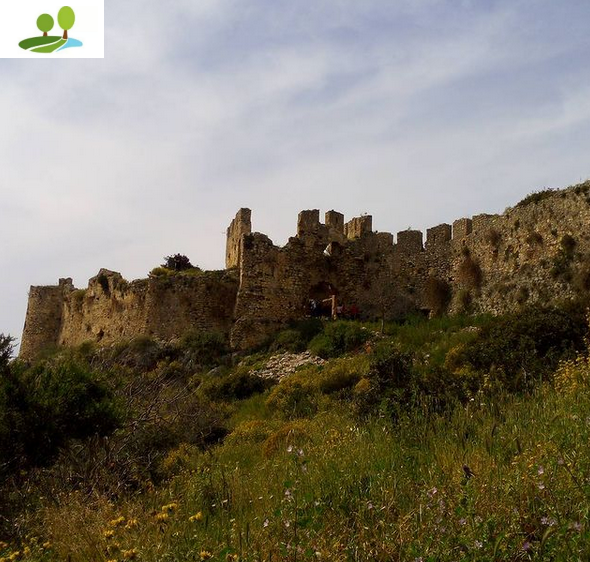Take a walk to the end of Room 73 at the British Museum and you will meet some of my favourite ladies. Made of terracotta and dressed in vivid shades of pink and blue, these Hellenistic figurines were once made all across the Mediterranean as offerings to be placed in tombs.
A selection of terracotta figurines on display in Room 73.
Statuette of a woman with duck and conch shell from
Canosa di Puglia in Italy,
270–200 BC. From left: in visible light
(VIS), and showing the visible-induced visible luminescence (VIVL)
and
visible-induced infrared luminescence (VIL).
Pottery paint saucer containing madder lake pigment,
found at Hawara, Egypt, 1st century AD.
From left: in visible light
(VIS), and showing the UV-induced visible luminescence (UVL).
Usually these images are taken using two different experimental set-ups, but now thanks to new research carried out in the Museum’s Department of Scientific Research, together with colleagues in Greece, we can use the same set-up to record both of these images. The new technique uses different colours of visible light, blue and red from LEDs in turn, to make the pigments luminesce. It is much safer for both objects and users.
From
left: detail of the figurine in visible light (VIS),
and showing the
visible-induced visible luminescence (VIVL) and
visible-induced infrared
luminescence (VIL).
By allowing us to see that a mixture of blue and pink pigments were used to make the purple colour of the lady’s dress, the new set-up also allows us to begin to understand more about the ancient painting techniques used to create these beautiful objects.


Δεν υπάρχουν σχόλια :
Δημοσίευση σχολίου